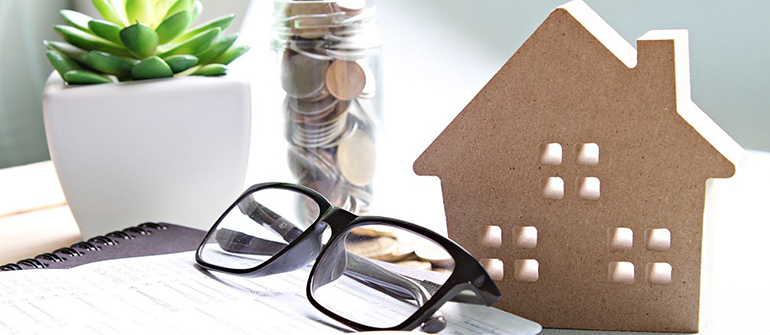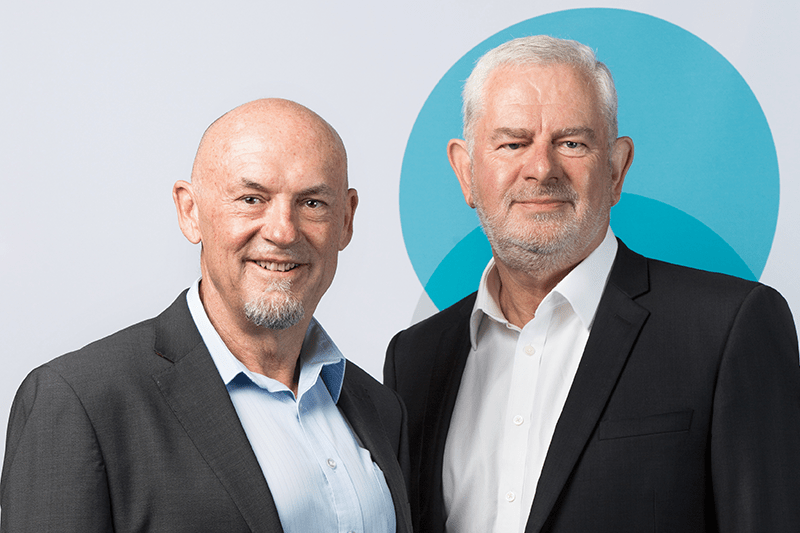By Mark Teale on 1 February 2018
In November 2017, legislation was passed that will allow certain individuals who sell their main residence to contribute up to $300,000 of the sale proceeds to superannuation without being constrained by the usual restrictions that otherwise apply to contributions including contribution caps and work requirements.
The value of homes in most capital cities in Australia has increased over four-fold in the last 20 years meaning a large number of people over the age of 80 who are in receipt of an age pension are living in the largest asset that they own.
Aside from the comfort provided by the home and the feeling of security one has when you do own your home, this very valuable asset does not provide any income to meet the everyday living costs of a couple.
It is important to remember that this asset is also exempt from the asset’s test when it comes to assessing a person’s pension entitlement
During this same period, wages and the age pension have certainly not increased by anywhere near that amount. In fact, the increase is closer to only two-fold.
So, for the average full rate age pension couple - what is the incentive to take advantage of this very ‘generous’ change in legislation enabling a person who is not working and over the age of 65 to contribute superannuation after downsizing their home?
Every person’s circumstances are different, but I would like to use as an example of a couple living in Sydney who have been in their family home for 50 years. They are now in their 80’s receiving the full age pension, have close to $100,000 in bank accounts and term deposits, with a car and personal assets valued at $20,000.
The largest asset they now own is their home worth $1.2 million dollars.
What is the overriding incentive for this couple to sell their home for $1.2 million and downsize to a smaller unit costing $600,000 then deposit the balance of the sale proceeds into superannuation?
No doubt their age pension will take a substantial hit, reducing from full age pension of $35,058 per annum to $8,577 per annum paid under the assets test. No doubt that the extra $600,000 they now have in cash will be more than capable of offsetting this loss of age pension income.
However, to provide this new source of income, does the money need to be contributed to superannuation?
What is their tax position if the money is contributed to superannuation, and an account based pension is commenced drawing the minimum for a person who is 80 – 7% or $21,000 per annum each.
Their total yearly income now equals $50,577 - account based pension drawdown of $42,000 combined, plus a combined age pension of $8,577.
Tax payable would be nil, the income from the account based pension as we know is tax-free and certainly, the individual age pension is well below the tax threshold.
It looks attractive, but if they just deposit the money into Term Deposits with the bank and arrange with the bank to draw a similar income stream form these Term Deposits – what would their tax position be?
As they are over the age of 65, they are both entitled to the Seniors and Pensioners Tax Offset of $1,602 each, meaning they don’t pay tax in this situation either.
So, in this couple’s position, and I would say a large number of age and service pensioners, tax is not going to be influencing factor in contributing the balance of any home sale proceeds into superannuation.
The other very important consideration for an elderly couple when they are asking the question should I downsize is their health.
One in three people over the age of 80 will need to enter residential aged care, what is their position as a couple if one person does have to enter care?
If we use the same set of circumstances - a home worth $1.2 million, $100,000 in cash plus motor vehicle and personal assets of $20,000 – and one member of the couple enters age care.
He or she would be classified as low means and would not have to pay a Refundable Accommodation Deposit. They would, however, pay a small Daily Accommodation Payment of $6.00 per day on top of their Basic Daily Care Fee of $49.42 per day, a total of $20,232 per annum. As they are now classified as an illness separated couple their pension increases to the full single rate of $894.40 per fortnight or $23,254 per annum each.
However, what if the couple have taken advantage of the new legislation - sold their home, purchased a smaller residence and deposited the excess of $600,000 into superannuation and commenced two account-based pensions?
For the person now entering aged care, the ongoing costs in the home would be similar – the basic daily care fee of $49.42 per day plus a means-tested care fee of $7.00 per day.
The big difference would be that the person entering the home would not be classified as low means, and they would be required to pay the aged care facilities advertised Refundable Accommodation Deposit. The average deposit in Sydney is close to $450,000 but do remember this can be as high as $550,000 or more.
As a result of the person moving into aged care and the RAD being paid their pensions have now increased to the $22,080 per annum, not quite the full rate. Reason for this is that the total of the account based pensions is now only $150,000, not $600,000
I should mention that I am a firm believer in people using their assets in retirement, whether it be superannuation or their home, but I do think that when we are faced with an elderly couple looking to downsize and deposit the excess of the sale funds into superannuation we do need to take into consideration all the issues and whether there is a genuine need for the money to be placed into superannuation.



comments